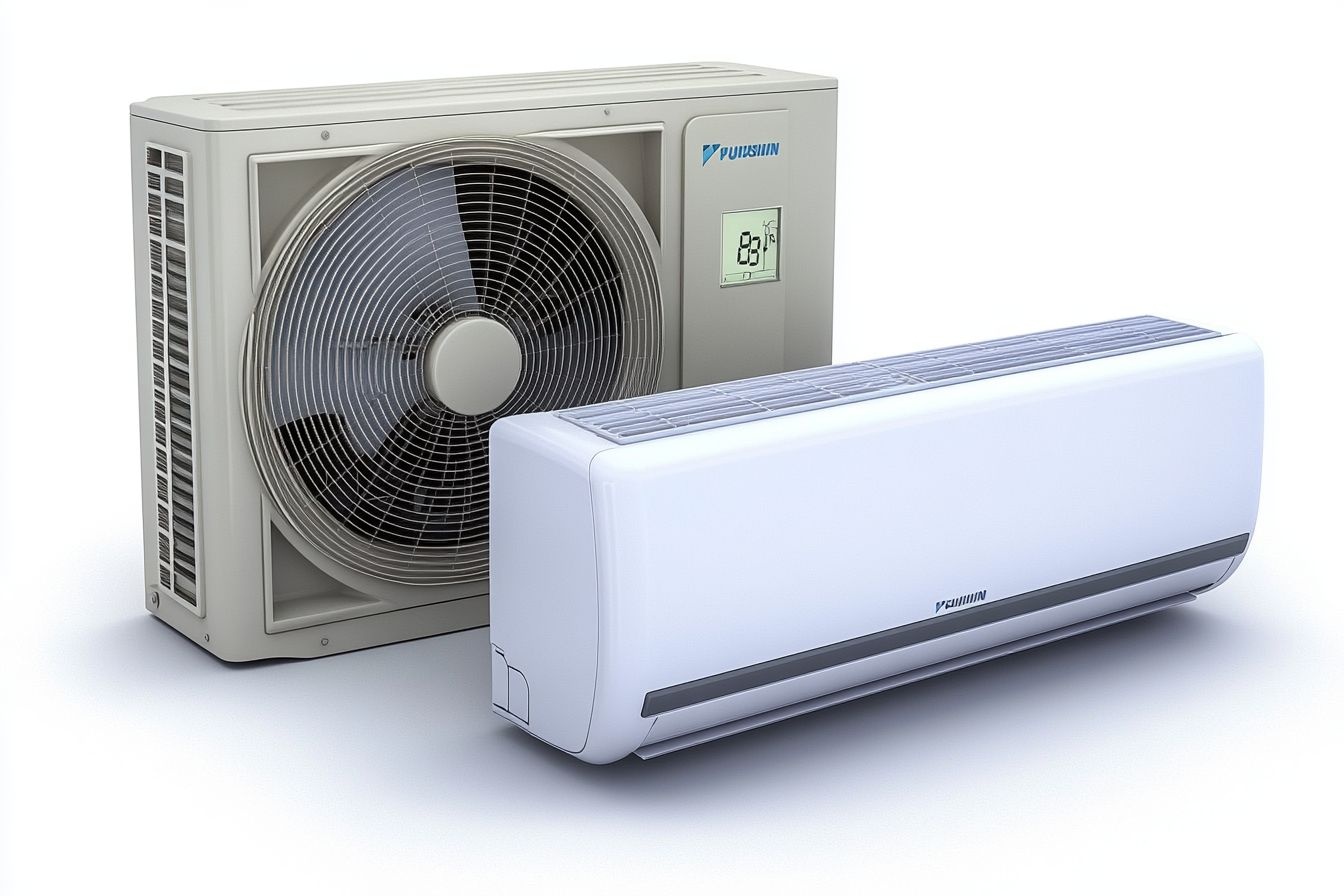Maximizing Comfort: A Comprehensive Guide to Air Conditioning Systems
Air conditioning has become an essential part of modern living, providing comfort and relief from hot and humid weather. Whether you're looking to upgrade your current system or install a new one, understanding the various types of air conditioners and their benefits can help you make an informed decision. This article will explore different air conditioning options, with a focus on ductless air conditioning and mini-split systems, to help you choose the best cooling solution for your home.

-
Portable air conditioners: These mobile units can be moved from room to room as needed.
-
Ductless air conditioning: Also known as mini-split systems, these units don’t require ductwork and offer more flexibility in installation and operation.
Among these options, ductless air conditioning and mini-split systems have gained popularity due to their efficiency and versatility.
How does ductless air conditioning work?
Ductless air conditioning, or mini-split systems, operate without the need for extensive ductwork. These systems consist of two main components:
-
An outdoor unit that houses the compressor and condenser
-
One or more indoor units that distribute cool air
The indoor and outdoor units are connected by a small conduit containing refrigerant lines, power cables, and a condensate drain. This design allows for easy installation and efficient cooling of specific areas or zones within a home.
The indoor unit, typically mounted on a wall or ceiling, draws in warm air from the room, cools it using refrigerant, and then circulates the cooled air back into the space. This process continues until the desired temperature is reached, as monitored by the system’s thermostat.
What are the benefits of a mini-split system for home cooling?
Mini-split systems offer several advantages for home cooling:
-
Energy efficiency: By cooling only specific areas and avoiding duct losses, mini-splits can be more energy-efficient than traditional central air systems.
-
Flexibility: You can install multiple indoor units connected to a single outdoor unit, allowing for customized cooling in different rooms or zones.
-
Easy installation: Without the need for ductwork, mini-splits are less invasive to install and can be added to existing homes more easily.
-
Improved air quality: Ductless systems often include built-in air filtration, helping to remove dust, allergens, and other particles from the air.
-
Quiet operation: The indoor units of mini-split systems are typically quieter than window air conditioners or central air systems.
-
Zoning capabilities: With individual control for each indoor unit, you can set different temperatures for different areas of your home, maximizing comfort and energy savings.
How do you choose the right air conditioner for your space?
Selecting the appropriate air conditioning system depends on several factors:
-
Home size and layout: Consider the square footage and number of rooms you need to cool.
-
Existing infrastructure: Determine if your home has ductwork or if a ductless system would be more suitable.
-
Climate: Take into account the average temperatures and humidity levels in your area.
-
Energy efficiency: Look for units with high SEER (Seasonal Energy Efficiency Ratio) ratings for better energy savings.
-
Budget: Consider both upfront costs and long-term energy savings when making your decision.
-
Zoning needs: If you want to cool different areas independently, a mini-split system might be the best choice.
What maintenance is required for optimal air conditioner performance?
Regular maintenance is crucial for ensuring your air conditioning system operates efficiently and has a long lifespan. Here are some key maintenance tasks:
-
Clean or replace air filters regularly, typically every 1-3 months.
-
Keep the outdoor unit free from debris and vegetation.
-
Clean the evaporator and condenser coils annually.
-
Check and clean the condensate drain to prevent clogs and water damage.
-
Inspect and tighten electrical connections.
-
Schedule professional maintenance at least once a year for thorough cleaning and inspection.
By following these maintenance steps, you can keep your air conditioner running smoothly and efficiently, whether it’s a traditional central air system or a ductless mini-split.
How can you improve energy efficiency when using air conditioning?
Maximizing the energy efficiency of your air conditioning system not only reduces your carbon footprint but also lowers your energy bills. Here are some tips to improve efficiency:
-
Use a programmable or smart thermostat to automatically adjust temperatures based on your schedule.
-
Seal air leaks around windows and doors to prevent cool air from escaping.
-
Improve insulation in your home, especially in the attic and walls.
-
Use ceiling fans in conjunction with your air conditioner to improve air circulation and comfort.
-
Keep curtains or blinds closed during the hottest parts of the day to reduce heat gain.
-
Consider zoning your home with a mini-split system to cool only occupied areas.
-
Perform regular maintenance to keep your system running at peak efficiency.
By implementing these strategies and choosing the right air conditioning system for your needs, you can enjoy a comfortable indoor environment while minimizing energy consumption and costs. Whether you opt for a traditional central air system or a more flexible ductless mini-split, understanding your options and maintaining your equipment will help ensure optimal performance and comfort throughout the cooling season.






